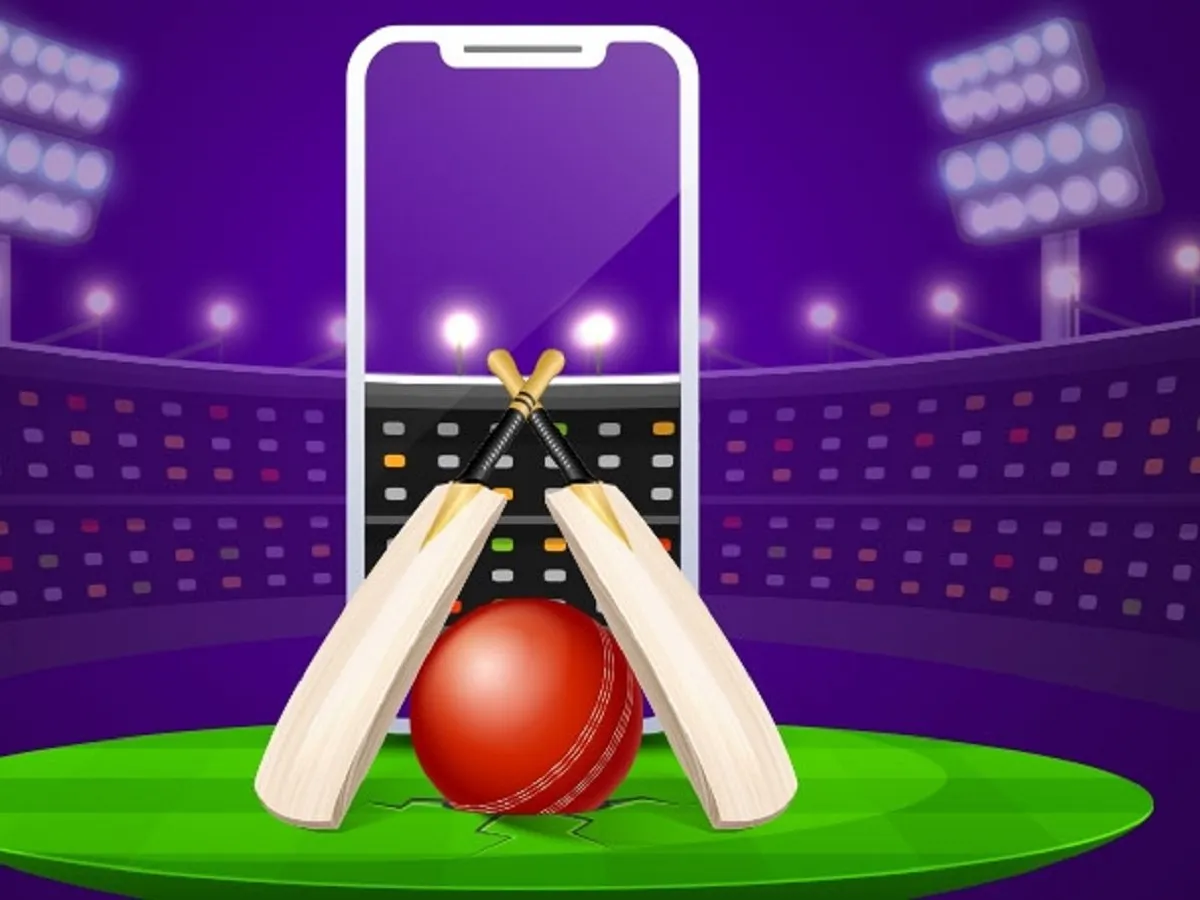Abstract
The paper examines the sector of fantasy sports and its evolution in India over a period of time. So far, the confusion around the gaming industry has led to disparities in the laws that are framed with respect to this industry. The global fantasy sports industry is valued at USD 23.9 billion in 2021 and is poised to grow from USD 27.2 billion in 2022 to USD 76.51 billion by 2030, which indicated how much potential as an industry it holds. Certain states have proven to be progressive in their approach by permitting fantasy sports to be regulated rather than eliminated, which also aligns with the decision of the Supreme Court and various other state High Courts. However, certain other states have refrained from declaring fantasy sports ‘legal,’ leaving the scope for ambiguity around the sector. The confusion mainly originates from a thin line of difference between fantasy games and gambling, which further triggered the debate of skill vs. chance. Despite the differentiation, there are a few other factors with respect to the gaming industry that have left fantasy sports in a grey area. The paper attempts to draw attention to how the economy of the state is affected by the fantasy game market and how that differs from countries overseas.
Introduction
Fantasy sports, in simple terms, is a form of game played on the internet, allowing the players to assemble in virtual teams that are formed by proxies for professional athletes. The gamers who play these fantasy sports, or ‘rotisserie sports or roto- as they are known, qualify on the basis of the statistical performance of their players in the actual games. Their performance is further evaluated, and the total points are calculated by the roster chosen by the manager of each fantasy club. Club owners in fantasy sports, draft, trade, and even drop players in the game. Among the popular sports that earned the title of fantasy sports, baseball was the first one to join because of its detailed and accessible scorecards and how it aligned with the principles of the game. There is another version of Fantasy e-sports that is the same as fantasy sports, except in this case, the teams are made up of professional e-sports players. The COVID-19 pandemic is said to have contributed to the growing trend of fantasy sports as young people, specifically the college crowd, were the most enthusiastic players in these games. Almost all the work, personal and professional, shifted to online platforms. The entertainment market, however, took off significantly as these games kept the crowd entertained.
Since these games appear fascinating, they keep the players engaged, increasing the possibility of addiction. Most of the players come from teenage and young adult groups; hence, to keep themselves away from work stress and a hectic lifestyle, they often resort to such solutions. Earlier, these fantasy sports were played mostly among friends, but today, technological advancements and the frequency of gadget usage have made these games a commercial success globally. These sports have no boundary limitations; in fact, worldwide, the players are connected through these sports, making them a hobby. The Entertainment and Sports Programming Network (ESPN) became the first media company to bring fantasy games to the commercial consumer base in the 1990s. As far as the legislative provisions around the game are concerned, it has not yet been recognized under Schedule VII of the Constitution of India, while gambling and betting have been placed under List II, Entry 34 of the seventh schedule of the state powers. Thus, it grants different states the power to legislate on the subject. Fantasy sports did not take much time to take off or be accepted by people worldwide. The fan base of these sports was strong enough for their massive popularity, especially among the youth. Following that, there has also been a rise in the number of fantasy sports operators between the years 2016 and 2018, while the user base of these games grew about 25 times between June 2016 and February 2019. During the span of 2018-2019, there was a heavy investment of 166 million US dollars, making it an extremely opportunity-rich market for shareholders and players. Dream 11 is among the most popular fantasy games, also enjoyed by the Indian audience.
The growth of fantasy sports: What made them popular?
A. Dive into the History–
The history of these sports began much before the existence of the Internet as a mainstream platform. In March 1962, Wilfred Winkenbach and some of his colleagues got together and wrote down the basic rules of fantasy football, which also gave rise to fantasy sports. Daniel Okrent is regarded as the father of fantasy sports. He also founded Rotisserie League Baseball, which later became Roto, which was made up of journalists who picked a team of baseball players. Interestingly, he named the league after the restaurant where he and his friends gathered to discuss the game’s rules. Fantasy sports are known to have passed the UIGEA- (Unlawful Internet Gambling Act) in 2006, shortly after which daily fantasy sports became easily marketable, followed by tremendous popularity. The 1980s saw a rise in the fame of these sports games, as sports journalists too were interested in participating in these activities.
The game was then viewed as a rather serious activity with how the stats were collected in an organized manner, and this eventually contributed to more people taking part in the game actively. In 1997, a new news platform- RotoNews.com, was launched. Surprisingly, this attracted more viewers than the official website of the NBA (National Basketball Association). As the popularity of such sports grew, the 2000s saw more gaming companies enter this field, with an increase in competition. The money came to be seen as a lucrative and inviting factor for more people to join, and therefore, one of the latest predictions of 2021 with regard to the graph of such games is that there seems to be no possible downfall as far as the coming years are concerned, keeping in mind the increasing dependence on technology and the addiction to such games.
Click Here To Download The Paper


📌Analysis of Bills and Acts
📌 Summary of Reports from Government Agencies
📌 Analysis of Election Manifestos

